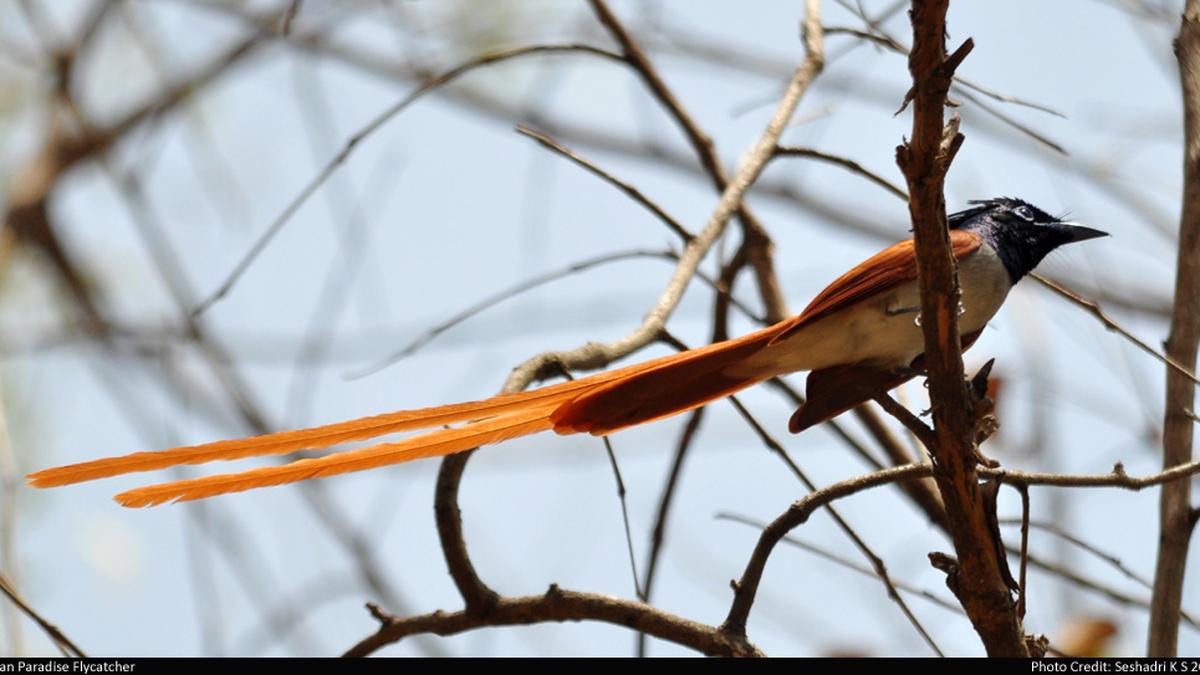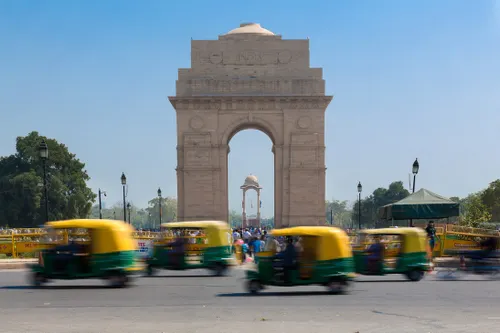The large 5,678-acre grasslands in Hesaraghatta are finally under protection from encroachment and development. The Government of Karnataka issued the final notification of the Greater Hesaraghatta Grassland Conservation Reserve recently while conservationists and those who have been crying hoarse to save the city’s remaining green areas heaved a sigh of relief.
The grassland region in Hesaraghatta forms a unique ecosystem close to Bengaluru and supports numerous species of flora and fauna, many of which are endangered. This area is a large carbon sink for Bengaluru and can be a powerful tool to mitigate climate change and counter the rapid concretisation of the city. Conserving the grasslands helps to mitigate the impacts of global warming.
The landscape surrounding the lakebed is the last remaining grassland habitat in the Bengaluru region and supports unique biodiversity. Hence, protecting the habitat by creating a conservation reserve for endangered wildlife species in surrounding areas was the need of the hour.
‘A living lab’
Dr. K.S. Seshadri, Fellow in Residence at the Ashoka Trust for Research in Ecology and the Environment (ATREE) in the city, has been associated with the conservation efforts since 2012, when he wrote a report with his colleagues on the need to conserve the grasslands and its rich biodiversity.
“Though it took twenty years, the process has seen the willingness of government officials and citizens to work for the environment in a positive effort,” Dr. Seshadri said. “Protecting this savanna grassland and wetland ecosystem will give us a lung space that plays a critical role in water security, sustain the rich biodiversity that it supports in the form of wildlife — animals, birds, insects, butterflies, birds and amphibians — and it can become a living lab for researchers to study larger issues of climate change.”
The region that has been included under the Wildlife Protection Act 1972 includes the Hesaraghatta Lake while the grasslands in the surrounding catchment area are an important reservoir of biodiversity. A survey by Subramanya S. of the Karnataka Biodiversity Board found in it a refuge for endangered wildlife species such as leopards, slender lorises, jackals, Indian foxes, smooth coated otters, wild pigs, common mongooses, black naped hares, Indian mole rats, and Indian field mice. In addition, seven different species of snakes have also been observed in the grasslands.
The grasslands are also home to more than 285 species of birds, including the critically endangered lesser florican (Sypheotides indicus), 13 species of amphibians, and 111 species of butterflies, including the lilac silverline (Apharitis lilacinus) butterfly, which was sighted after a century in Bengaluru and that too only in the Hesaraghatta grasslands. Some 395 species of other insect species have been recorded as well.
The Hesaraghatta landscape is a site for several wintering migrants from Europe, Central Asia, and the Himalayas, including several species of raptors. One of these migratory birds is the greater spotted eagle (Aquila clanga) and the globally threatened red-necked falcon (Falco chicquera), which the IUCN Red List has classified as being ‘vulnerable to extinction’.
Surmounting snags
The grasslands are a catchment area for reviving groundwater levels, which benefit groundwater recharge and will improve the groundwater table, which would in turn benefit thousands of farmers in the surrounding villages. It also acts as a sponge to soak up monsoon runoff.
This is a large catchment of the Arkavathy River and Thippagondanahalli reservoir and also for the nearby Hesaraghatta lake and reservoir. The area’s ecosystem services in this regard will improve the water security of Bengaluru and help fulfill many sustainable development goals. The grasslands also provide freshwater in the region for migratory birds.
The process of declaring the land as conserved had hit many snags, including opposition by local politicians and people vested in the area’s development for real estate.
N. Ravindra Kumar, the deputy conservator of forests, Bangalore Urban Division, said, “The forest department always agreed to the proposal of declaring the grasslands as conserved. Thanks to the efforts of our Forest Minister Eshvar Khandre, many public citizens, and our chief minister, we have succeeded. The notification sets a precedent for such conservation efforts of almost 6,000 acres of government land so near the city, [and] the grasslands are the lungs and a much-needed open space amidst the concrete jungle.”
Jagadish Krishnaswamy, Dean of the School of Environment and Sustainability at the Indian Institute for Human Settlements, Bengaluru, said, “The conservation and restoration of the Hesaraghatta grasslands is very important for the city of Bengaluru. It is the first mega-city in India with a protected grassland with many species of birds, mammals, and insects that need grassland. Grasslands are threatened and being converted to other land use all over India.”
Papiya Bhattacharya is a freelance journalist.
Published – May 02, 2025 10:30 am IST
Anurag Dhole is a seasoned journalist and content writer with a passion for delivering timely, accurate, and engaging stories. With over 8 years of experience in digital media, she covers a wide range of topics—from breaking news and politics to business insights and cultural trends. Jane's writing style blends clarity with depth, aiming to inform and inspire readers in a fast-paced media landscape. When she’s not chasing stories, she’s likely reading investigative features or exploring local cafés for her next writing spot.






